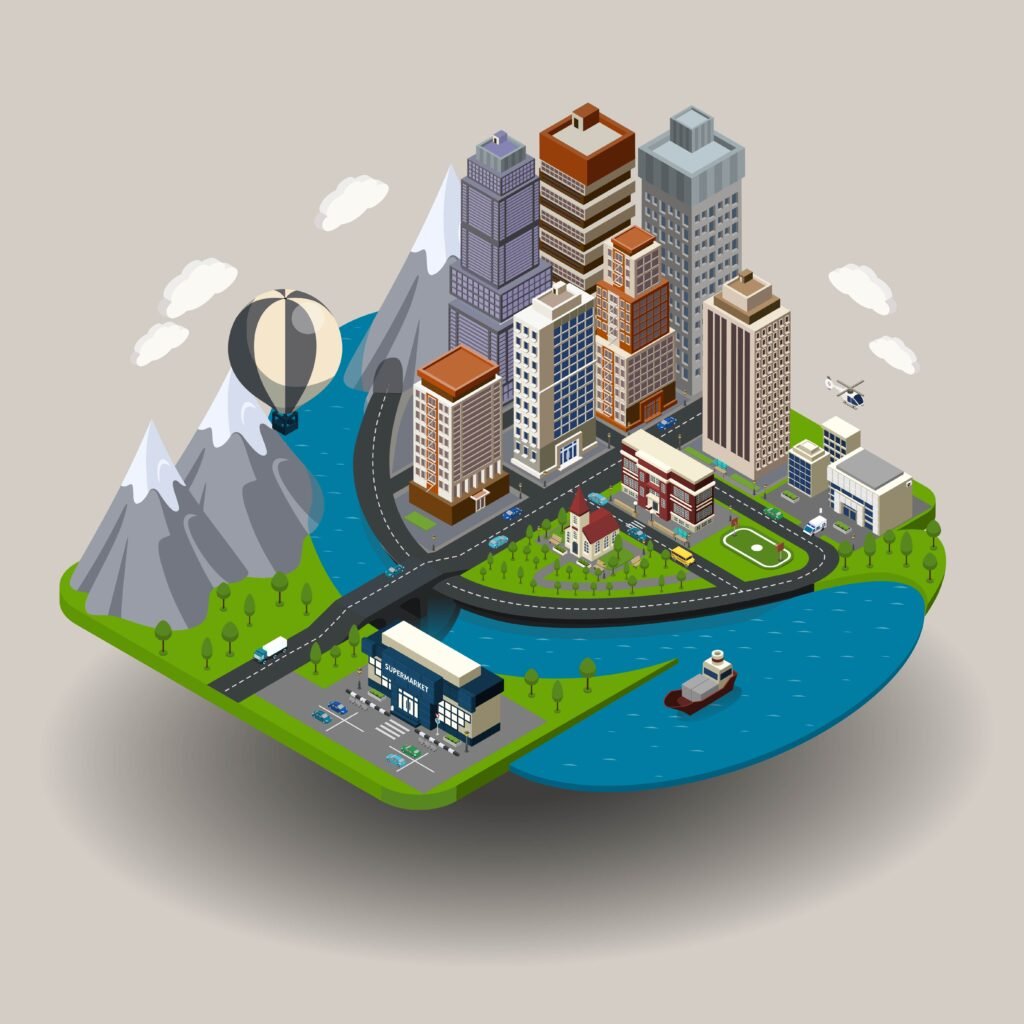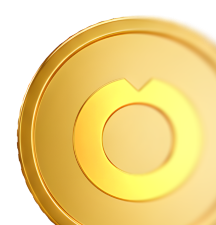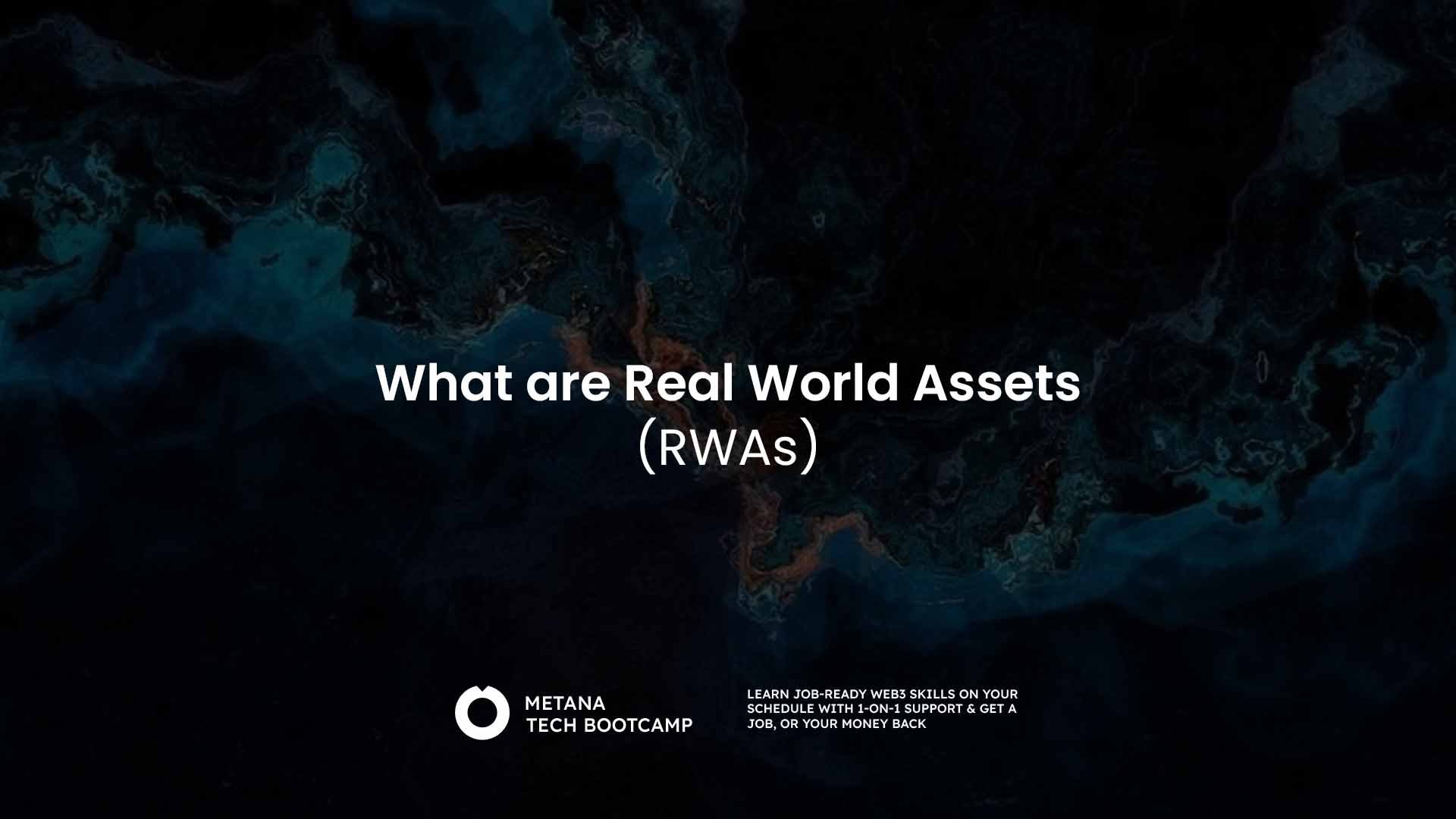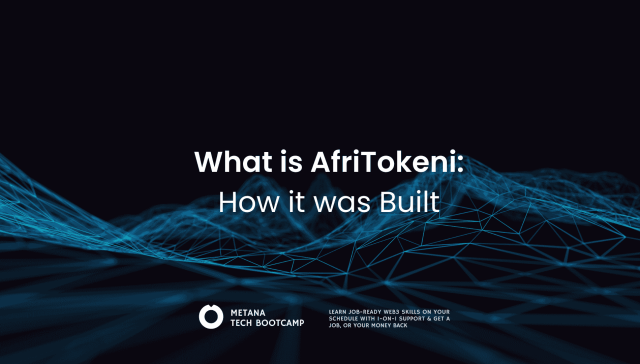The concept of Real World Assets (RWAs) has gained significant attention as blockchain technology and decentralized finance continue to grow. Real World Assets serve as a bridge between the physical and digital worlds, enabling tangible assets such as real estate, commodities, and securities to be tokenized, traded, and managed on blockchain networks. This innovative approach leads to enhanced liquidity, transparency, and efficiency, reshaping the way traditional assets are handled in the digital age.
In this article, we will explore what Real World Assets are, how they are tokenized and brought onto the blockchain, their advantages, and the challenges they face. Additionally, we’ll explore some real-world examples of Real World Assets, the industries they’re transforming, and what the future holds.
What are Real World Assets ?

So, what exactly are Real World Assets? They are physical or traditional assets digitally represented on a blockchain. Unlike digital-native assets such as cryptocurrencies, Real World Assets extract their value directly from tangible, real-world assets, like real estate, gold, or legal documents. This concept allows traditional assets to benefit from blockchain’s transparency, security, and accessibility, integrating them seamlessly into the digital finance landscape.
Following are some examples of Real World Assets.
- Real Estate
- Properties, commercial buildings, and residential houses can be tokenized, which allows investors to buy, sell, or trade fractions of ownership in real estate without buying the whole property.
- Financial Securities
- Stocks, bonds, and other traditional securities are increasingly being tokenized, which allows a wider audience to invest in and own shares of these unique items.
- Art and Collectibles
- High-value art pieces, rare collectibles, and other physical items can be tokenized, making them more accessible to a broader audience.
- Commodities
- Gold, oil, and other commodities can be tokenized to increase their liquidity and offer investors more accessible entry points.
Benefits of Real World Assets on Blockchain
What are the key benefits of Real World Assets on blockchain? With this concept rapidly growing and gaining traction, it’s clear that there must be significant advantages. Let’s explore what makes Real World Assets on blockchain valuable and beneficial in today’s market.
- Increased Liquidity and Accessibility
- Traditional assets like real estate and precious metals are often illiquid, meaning they are challenging to buy, sell, or trade quickly. Tokenizing them enables fractional ownership, allowing investors to purchase smaller portions of high-value assets. This increased liquidity makes it easier for people to participate in these markets and create a more fluid, accessible investment environment.
- Global Accessibility
- Blockchain technology allows anyone with an internet connection to access Real World Asset markets. This global reach democratizes access to high-value assets, enabling investors from any country to invest in real estate, commodities, or securities without needing to navigate complex regulatory frameworks in each jurisdiction.
- Reduced Transaction Costs
- By removing the need for intermediaries such as brokers, agents, and banks, tokenized assets can reduce transaction costs. This cost reduction benefits both asset owners and investors, while enabling more efficient and affordable transactions.
- Enabling DeFi Applications and Innovation
- Real World Assets open doors for traditional assets to interact with decentralized finance applications. Tokenized Real World Assets can be used as collateral for DeFi loans, participate in yield farming, or be traded on decentralized exchanges, creating new opportunities and innovations in the financial ecosystem.
- Improved Transparency and Security
- Blockchain’s transparency ensures that each transaction and ownership transfer is recorded immutably, reducing fraud and improving asset security. Asset ownership is often verified by smart contracts, creating a trustless system that doesn’t rely on intermediaries.
The Future of Real World Assets on Blockchain

The future of Real World Assets on blockchain appears to be promising. As blockchain technology advances, the use of Real World Assets on decentralized platforms is expected to grow across various industries. This will bring more traditional assets into decentralized finance.
For example, tokenized real estate could be used as collateral for decentralized loans, while tokenized commodities could open new opportunities for yield farming. This integration of Real World Assets into DeFi will encourage new financial innovations and gradually bridge the gap between traditional finance and DeFi.
Advances in blockchain technology, especially in interoperability, will be important for enabling Real World Assets to move smoothly across networks. Improved smart contract security and compliance tools are also expected to make tokenized assets safer and more trustworthy. As more financial institutions and governments explore Real World Assets, tokenized assets could become a standard part of investment portfolios, making global markets more inclusive.
How are Real World Assets Tokenized?
Before understanding how Real World Assets are tokenized, let’s first clarify what tokenization exactly is.
Tokenization is the process of creating a digital representation of a physical asset on a blockchain, allowing it to be securely and efficiently traded or managed within digital ecosystems. By converting tangible assets into digital tokens, tokenization enables broader accessibility and liquidity, opening up new possibilities for investors and asset holders. This process generally includes the following steps.
1. Asset Valuation and Legal Compliance
Tokenizing real-world assets begins with assessing the asset’s value and conducting legal checks to ensure compliance with regulations. This involves a thorough evaluation by experts and a review of ownership rights, any existing liens, and regulatory requirements.
By making sure accurate valuation and legal compliance, this step establishes a secure foundation for the token, protecting both issuers and investors and making the asset viable for trading on blockchain platforms.
2. Issuance of Tokens
Once an asset passes approval, it is tokenized on a blockchain network. For example, a real estate property valued at $1 million might be represented by 1 million tokens, each valued at $1. This approach allows investors to purchase fractional shares, making high-value assets more accessible and tradable on blockchain platforms.
3. Ownership and Transfer
Tokens representing the asset can then be traded on secondary markets, allowing for fractional ownership and easy transfer between parties worldwide. This opens up new opportunities for investors, making high-value assets more accessible and enabling global transactions with minimal barriers.
4. Ongoing Management and Dividends
Certain tokens may provide holders with regular returns or dividends, reflecting income generated by the underlying asset, such as rental income from a property. This feature allows investors to benefit from ongoing earnings in addition to any potential appreciation of the token’s value.
Challenges and Risks Associated with Real World Assets
Even though Real World Assets opens a door to many opportunities, integrating them into the blockchain ecosystem comes with its own set of challenges and risks.
- Regulatory Uncertainty
- The regulatory landscape for Real World Assets tokenization is still evolving, and clear guidelines are needed to ensure compliance and investor protection.
- Verification and Valuation
- Accurate verification and valuation processes are essential to avoid fraudulent listings and to make sure that token prices reflect the real worth of the underlying assets.
- Market Volatility and Liquidity Risks
- Tokenized assets can be subject to high volatility, especially if demand changes. Additionally, maintaining liquidity can be difficult in secondary markets, where fewer participants may be trading certain asset types, impacting their value and accessibility.
- Need for Standardization
- Lack of standardization in tokenization methods and protocols could affect interoperability and the seamless transfer of assets across blockchain networks. Setting industry standards will be essential to the successful integration and trading of Real World Assets.
- Technical Security Risks
- Blockchain security is important, and strong measures must be implemented to protect against hacks and cyberattacks.
Real World Examples
Many blockchain projects are leading the way in tokenizing real-world assets, showing how blockchain can change the way we own and trade assets. By turning physical assets into digital ones, these projects make it easier to buy, sell, and manage investments on a global scale.
- Goldfinch
- Goldfinch allows decentralized lending by using tokenized Real World Assets as collateral. The platform connects traditional lenders with borrowers globally, which allows for more efficient lending processes without heavy relying on centralized financial institutions.
- RealT
- RealT tokenizes real estate assets, allowing investors to buy fractional ownership of properties. Each token represents a portion of the property, giving holders rights to rental income proportional to their shares.
- By using blockchain, RealT provides a way for investors to access and trade property assets globally without the complexities of traditional real estate investment.
- Securitize
- Securitize offers a platform for tokenizing financial securities, allowing companies to issue, manage, and trade digital securities on the blockchain. These securities can include stocks, bonds, and other financial instruments, helping to streamline compliance and offer liquidity in traditionally illiquid markets by enabling fractional ownership.
- ConsenSys Codefi
- ConsenSys Codefi is a suite of blockchain-based applications designed for the tokenization, issuance, and management of digital assets. It focuses on transforming traditional assets into digital tokens, enhancing transparency and improving access to markets by utilizing the Ethereum blockchain.
Conclusion
Real World Assets are revolutionizing how we view, invest in, and interact with tangible assets. As blockchain and DeFi technologies continue to grow, Real World Assets are poised to become more accessible, transparent, and globally available. While challenges remain, the benefits of Real World Assets on blockchain are significant, creating the way for a more inclusive and decentralized financial future.
FAQs
How can I get started with Real World Asset investments?
- To start, you can explore platforms that specialize in Real World Asset tokenization, such as RealT or Securitize, and research their offerings. Make sure that you understand the risks and regulations in your region, as well as the specific asset class, before making any investments.
How are Real World Assets different from cryptocurrencies?
- Real World Assets represent physical assets with real-world value, while cryptocurrencies are digital assets typically valued based on demand, technology, or utility within the blockchain. They have intrinsic value tied to the actual asset, such as a building or a commodity, making them less speculative than traditional cryptocurrencies.
How are Real World Assets changing the traditional investment landscape?
- Real World Assets make it possible for everyday investors to own portions of high-value assets like real estate or art without large capital requirements. They also increase market efficiency by eliminating intermediaries , reduce barriers to entry, and enable new financial products that blend traditional assets with the DeFi ecosystem.
Can anyone invest in Real World Assets, or are there restrictions?
- In many cases, anyone can invest in tokenized Real World Assets. However, some assets, especially securities, may have regulatory restrictions, requiring certain qualifications or compliance with specific regulations based on the investor’s location.









